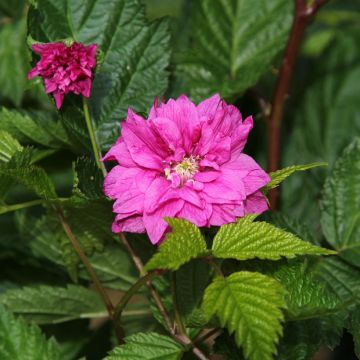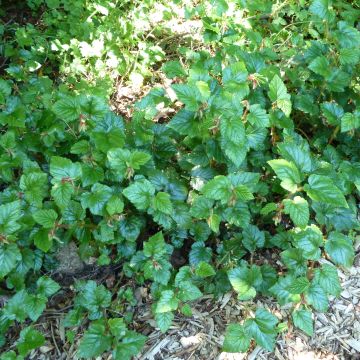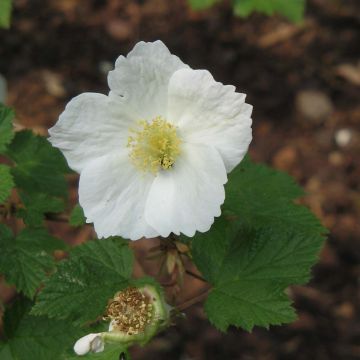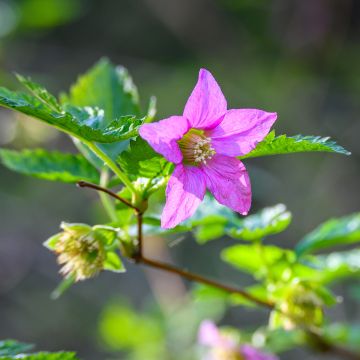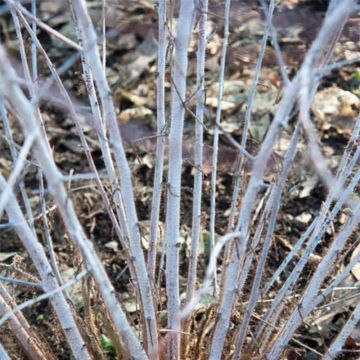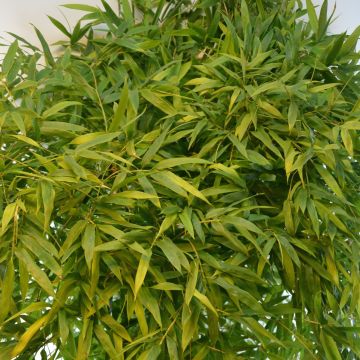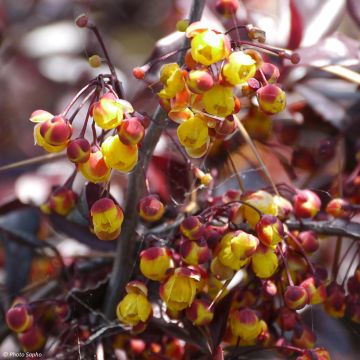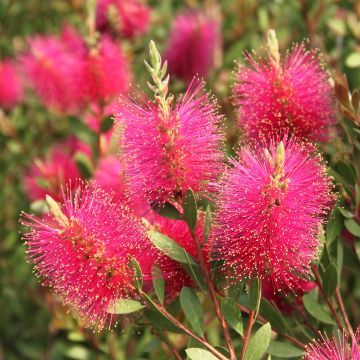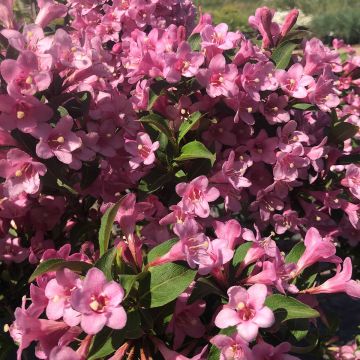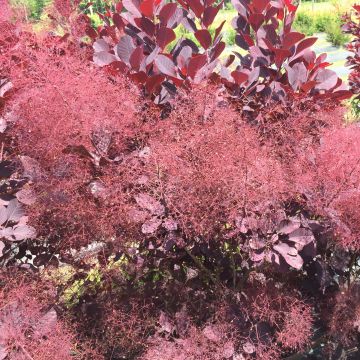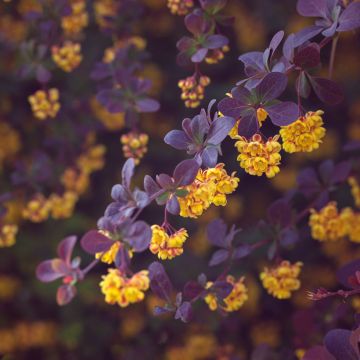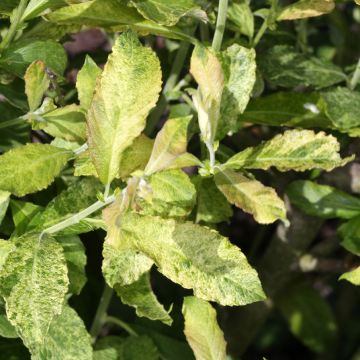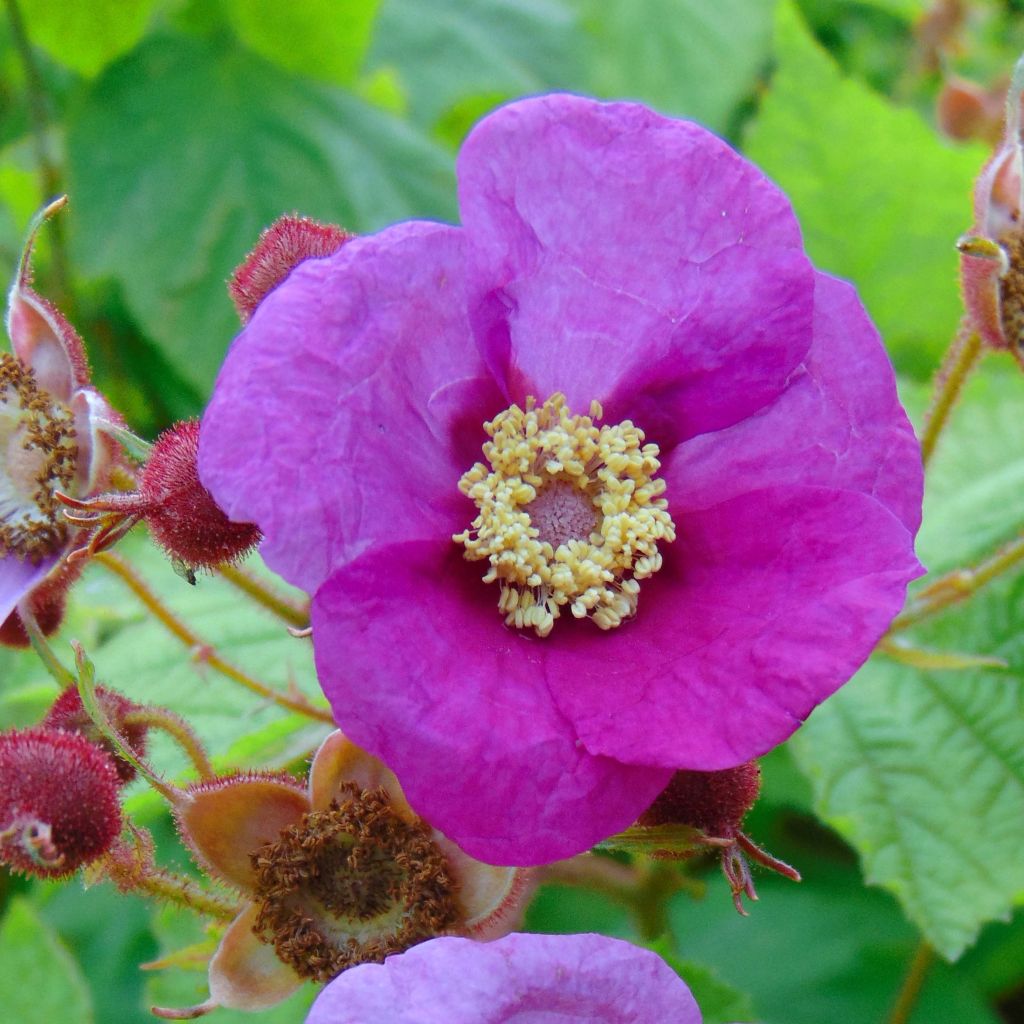

Rubus odoratus
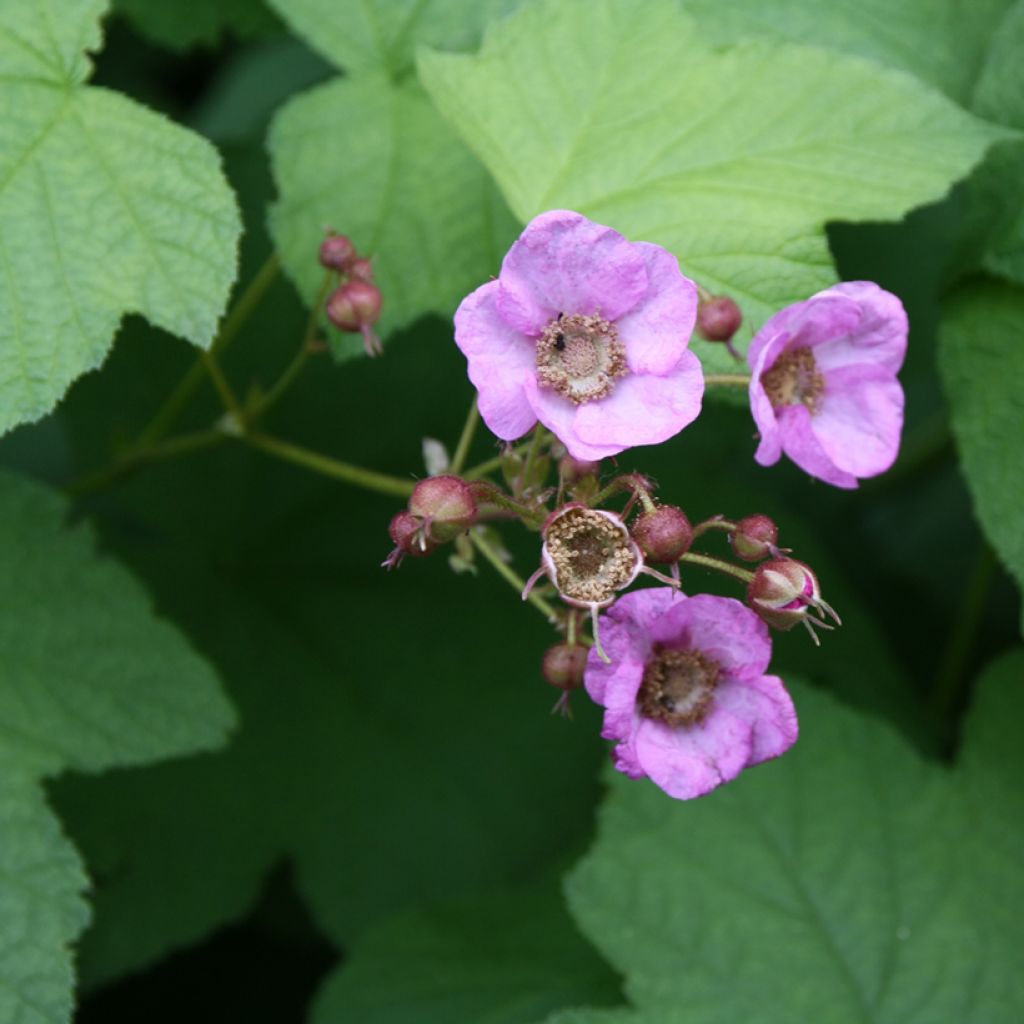

Rubus odoratus
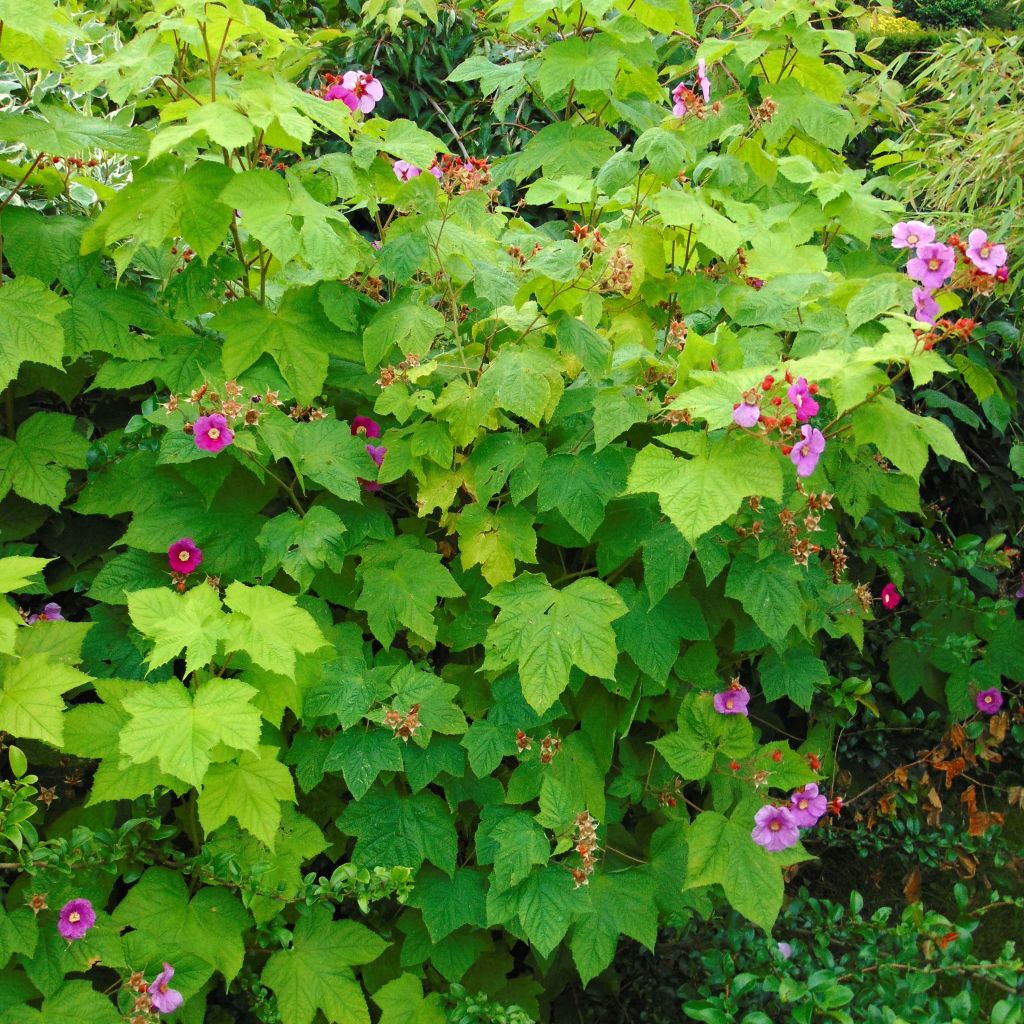

Rubus odoratus
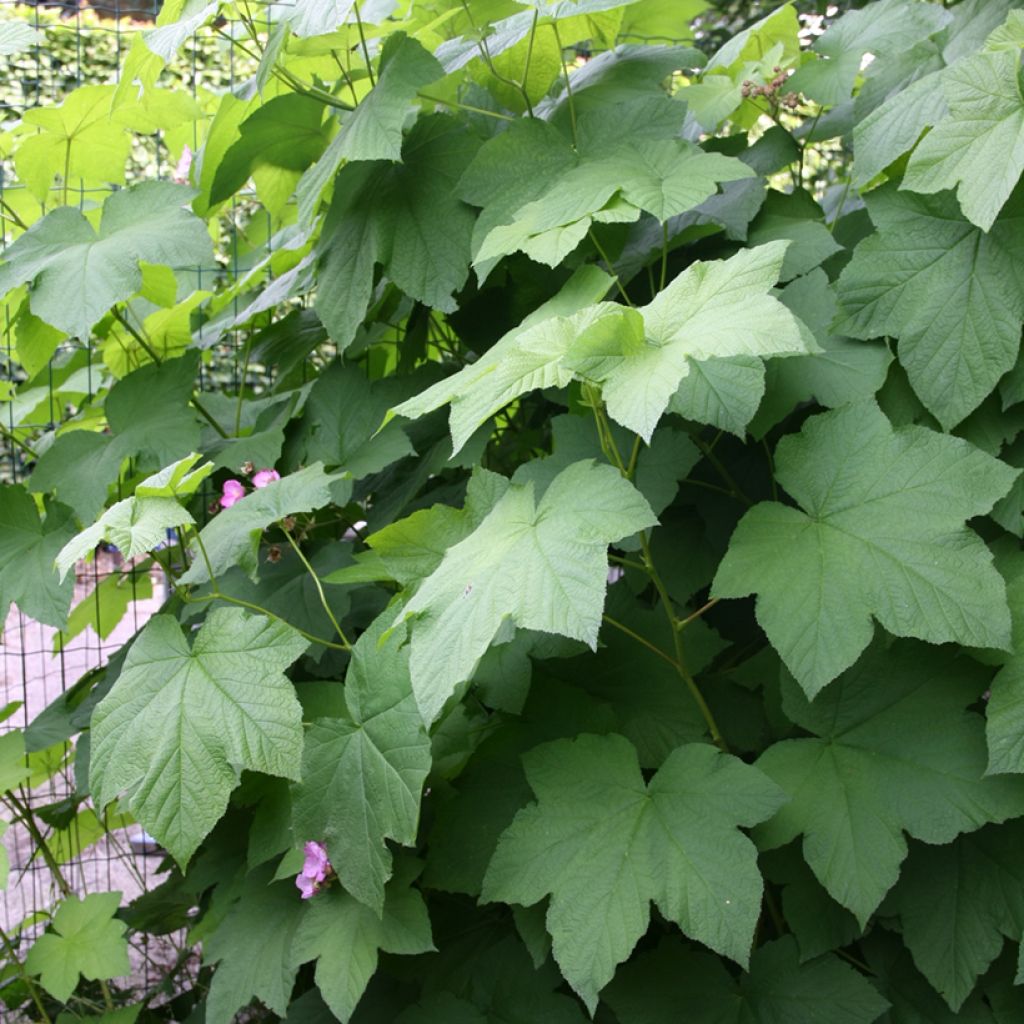

Rubus odoratus
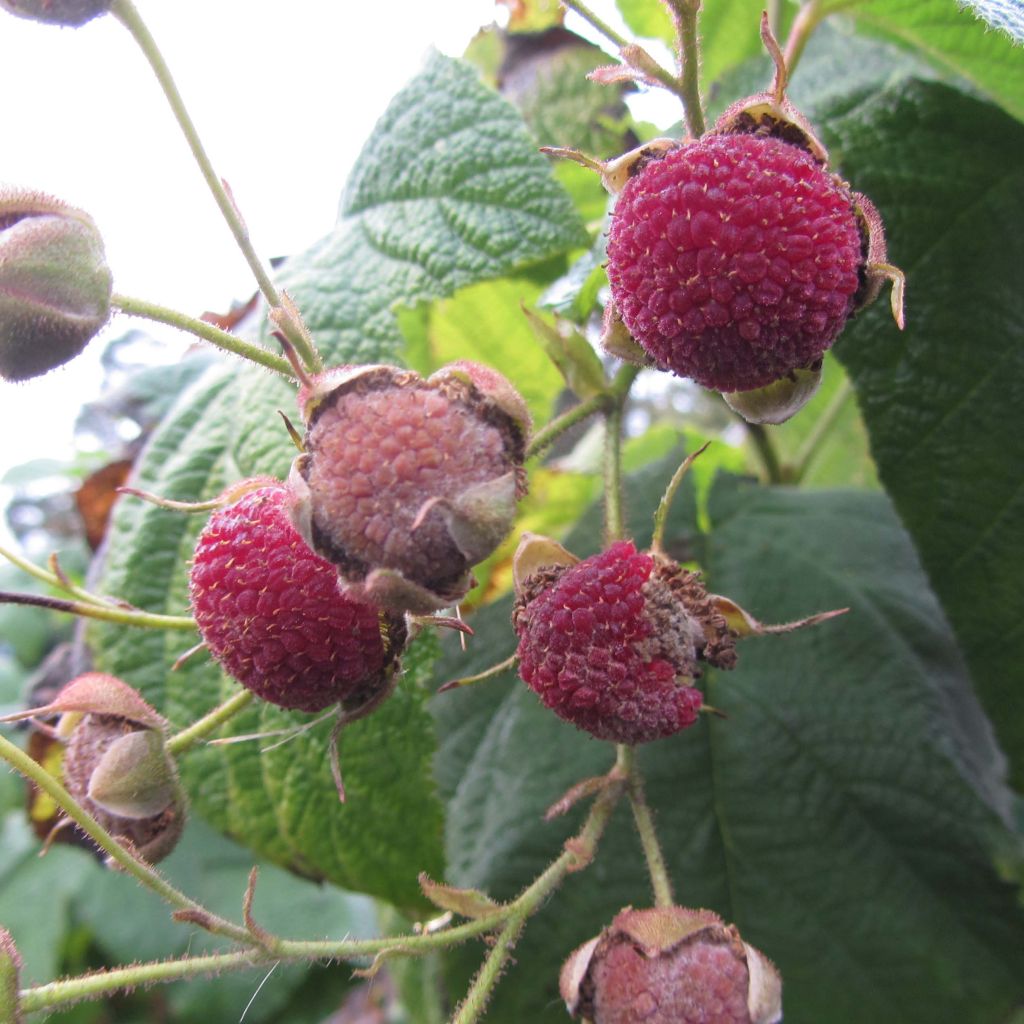

Rubus odoratus
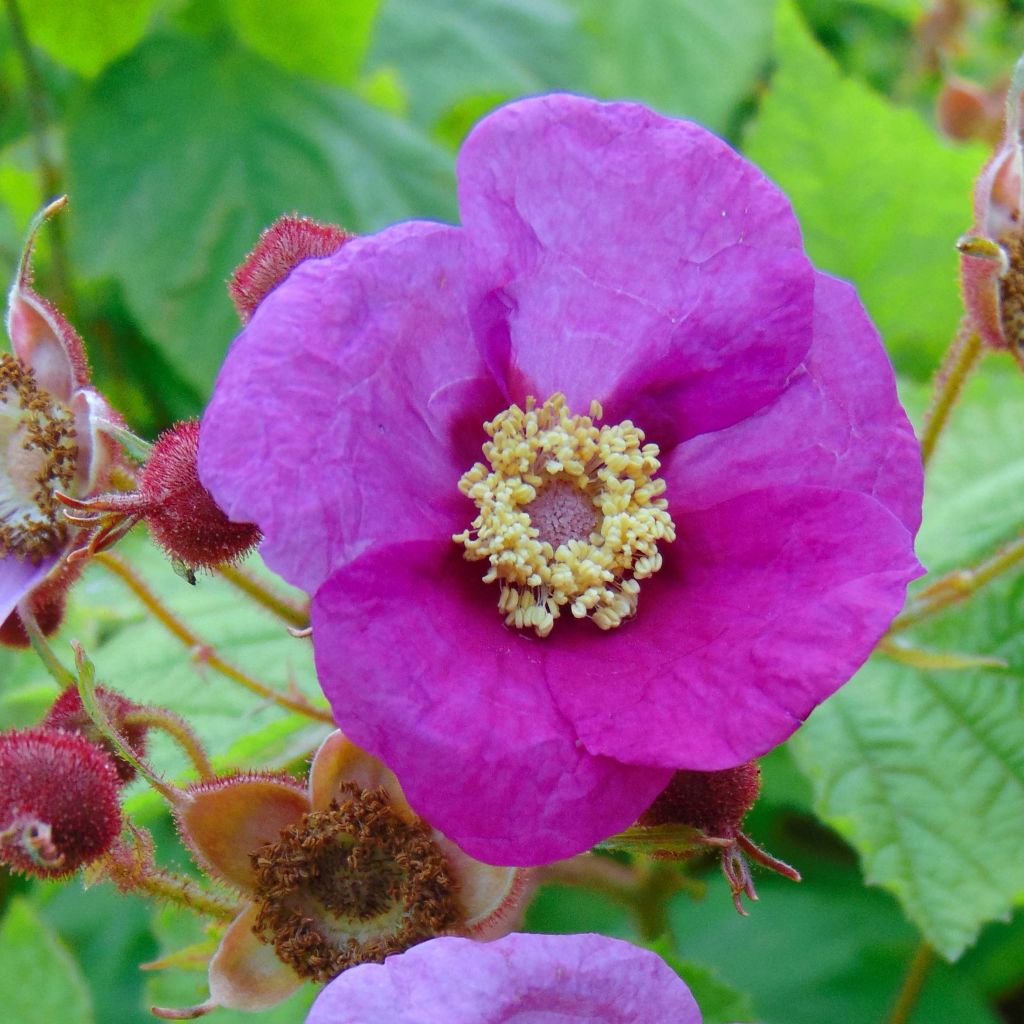

Rubus odoratus
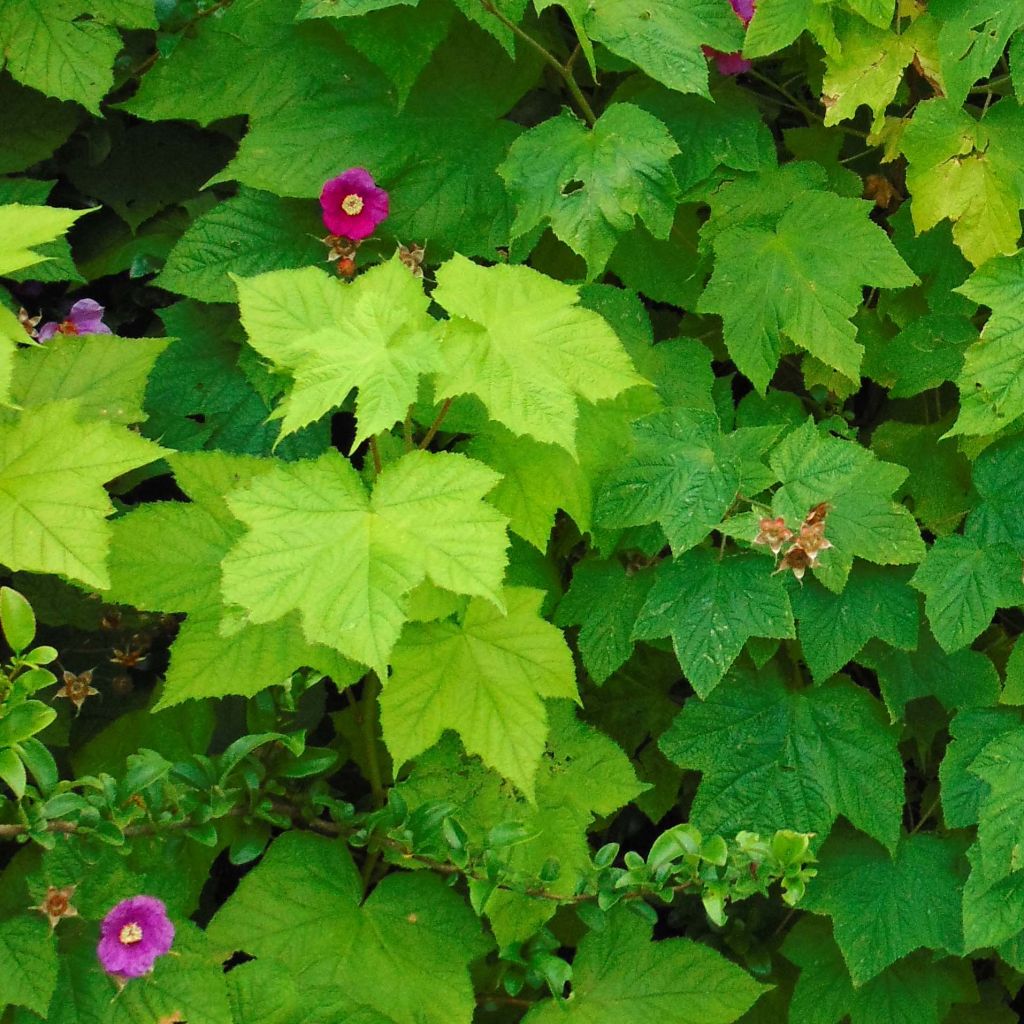

Rubus odoratus
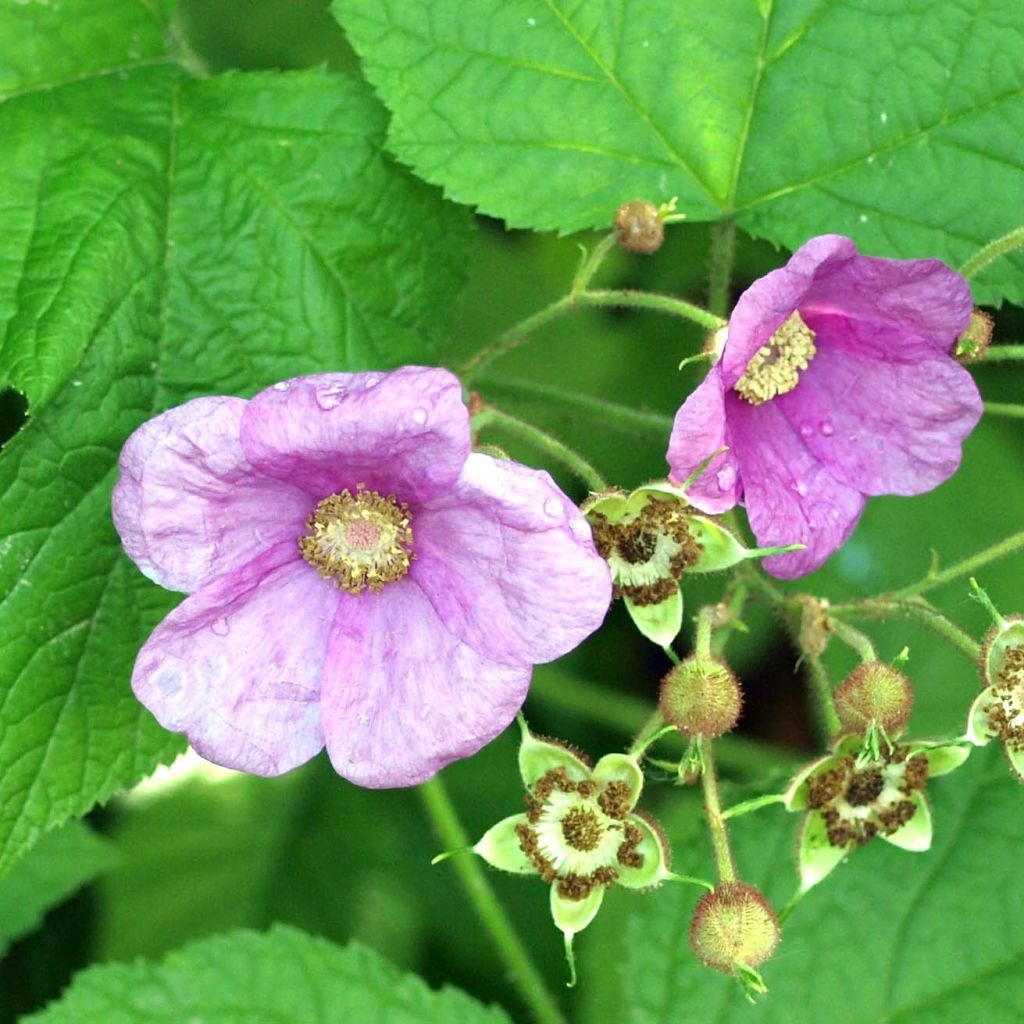

Rubus odoratus
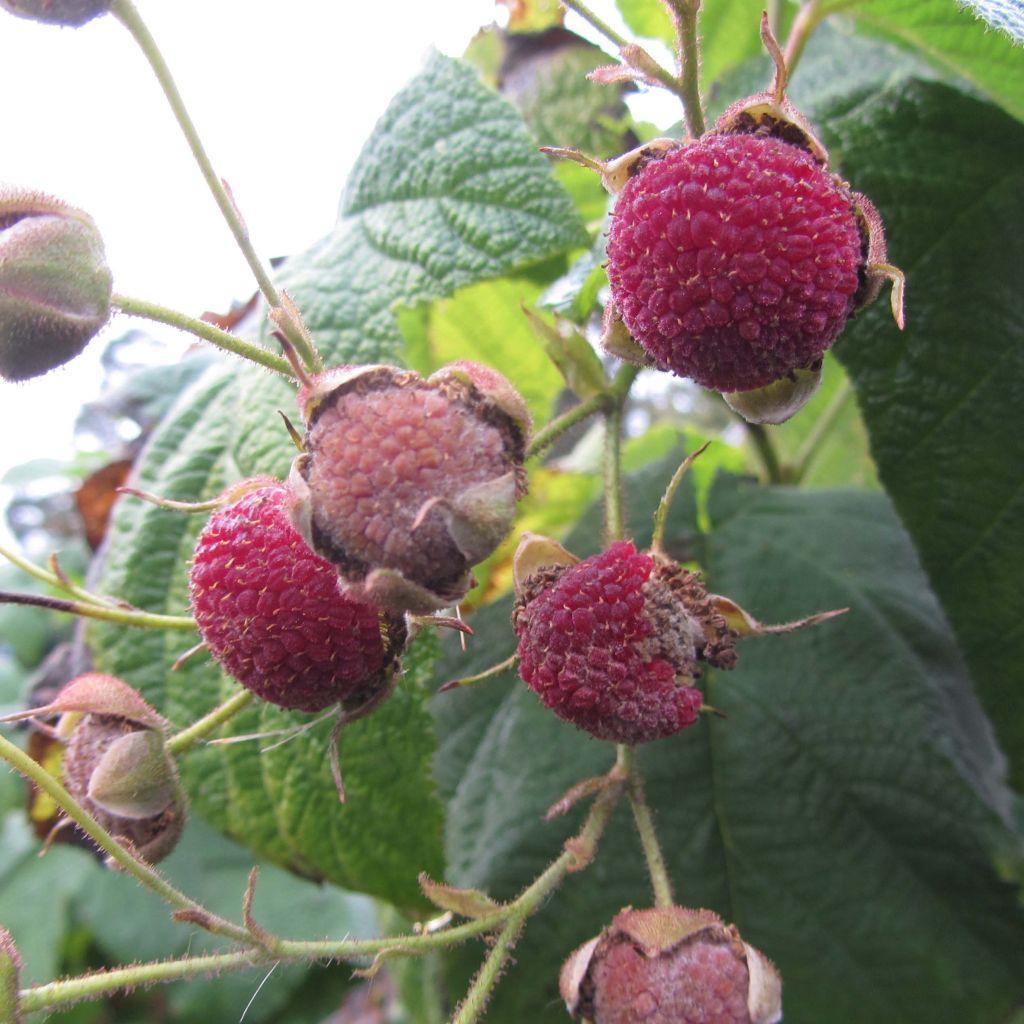

Rubus odoratus
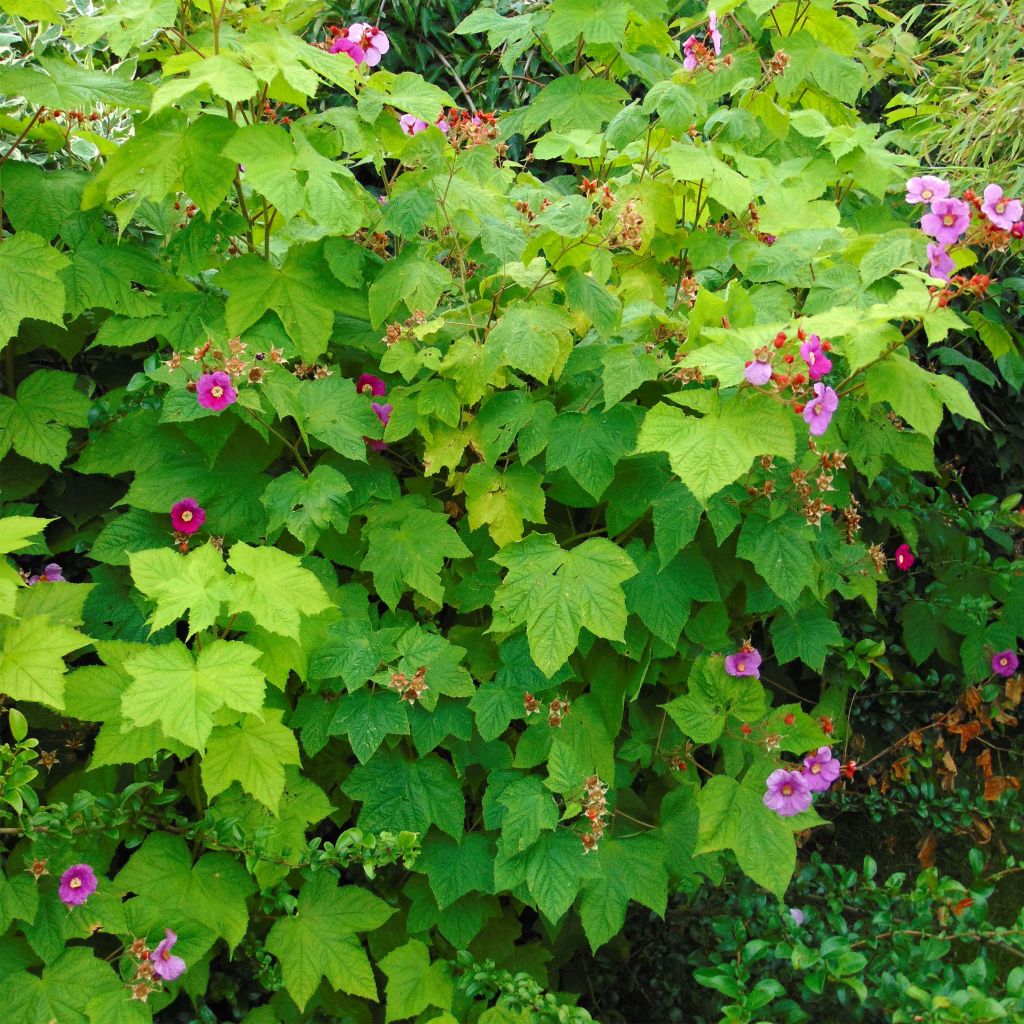

Rubus odoratus
Rubus odoratus
Rubus odoratus
Purple-flowering Raspberry, Flowering Raspberry, Virginia Raspberry, Purple-Flowered Bramble
Special offer!
Receive a €20 voucher for any order over €90 (excluding delivery costs, credit notes, and plastic-free options)!
1- Add your favorite plants to your cart.
2- Once you have reached €90, confirm your order (you can even choose the delivery date!).
3- As soon as your order is shipped, you will receive an email containing your voucher code, valid for 3 months (90 days).
Your voucher is unique and can only be used once, for any order with a minimum value of €20, excluding delivery costs.
Can be combined with other current offers, non-divisible and non-refundable.
Home or relay delivery (depending on size and destination)
Schedule delivery date,
and select date in basket
This plant carries a 24 months recovery warranty
More information
We guarantee the quality of our plants for a full growing cycle, and will replace at our expense any plant that fails to recover under normal climatic and planting conditions.
Would this plant suit my garden?
Set up your Plantfit profile →
Description
The Rubus odoratus, also known as Canadian Raspberry or Fragrant Bramble, is a highly floriferous, slightly scented, thornless wild bush that has its place in a natural garden or in a country hedge. Vigorous and suckering, it offers a very long summer flowering in the form of bouquets of small flowers in a fresh pink colour, enhanced by a velvety foliage of emerald green. They will be followed by bright red fruits that are not very tasty but decorative and appreciated by birds. Hardy and undemanding in terms of soil, requiring very little maintenance, this charming and unpretentious plant is within the reach of all gardeners, even beginners.
The Fragrant Bramble belongs to the family of Rosaceae. Introduced to Europe in 1770, this suckering plant with shallow rooting is native to a vast area ranging from the eastern United States to Canada. Its natural habitat consists of moist rocky slopes, meadows, and plains covered with mixed forests, where it appreciates semi-shaded edges. This cold-resistant bush is perfectly adapted to cooler climates, but it prefers slightly acidic soils and dislikes excessive limestone.
Growing quite rapidly, a plant will eventually form a bushy and spreading mass that will occupy a space of 1.40m (5ft) in all directions. It spreads laterally through rhizomes, producing shoots in the usual manner of raspberries. Flowering, which is very long in this bramble, spans from June to September. It consists of 3cm (1in) diameter flowers with 5 petals, very fragrant and nectar-rich. Their colour varies from white-pink to pink-purple, depending on the clones. The fruits are large, flattened, and rough-textured raspberries, not very juicy and containing many seeds. They are quite tasteless when consumed as they are, but they reveal a more pleasant flavour in jams. The hollow, upright and then trailing stems, ranging from mahogany brown to orange, are devoid of thorns and tend to peel off with age. When young, they are covered with glandular hairs with a resinous scent. They bear large deciduous leaves, 10 to 30cm (4 to 12in) wide, divided into 5 toothed lobes. The hairy, licorice-scented lamina has a wavy appearance and displays a beautiful emerald-green color before turning yellow in autumn.
Plant the Fragrant Bramble preferably in partial shade, in deep soil without excessive limestone. Under these conditions, the bush will establish itself very easily and in a few years will become an ornamental plant that fits perfectly in a country setting, a wild hedge, or a natural garden. In a hedge or within a large shrub bed, combine this bramble with other unpretentious plants such as wild rose bushes, white spireas, elderberries, viburnums, lilacs, hedge or Tartarian honeysuckles, or even deciduous euonymus. It can also be used to form an area of ground cover, decorating a wild corner or a semi-shaded slope with carpets of periwinkles, Polygonum, creeping bugleweeds, all of which are vigorous plants that are also undemanding. It can also be trained on a trellis. Its hollow stems can be used to make refuges and shelters for various insects in winter.
Report an error about the product description
Rubus odoratus in pictures








Plant habit
Flowering
Foliage
Botanical data
Rubus
odoratus
Rosaceae
Purple-flowering Raspberry, Flowering Raspberry, Virginia Raspberry, Purple-Flowered Bramble
North America
Other Rubus - Blackberry
View all →Planting and care
Plant the Fragrant Bramble in spring or autumn, in any soil that is sufficiently deep and fertile, but properly drained. If necessary, enrich the soil with well-decomposed compost and coarse sand. Simply avoid excessive limestone or acidity, as this plant prefers a relatively neutral soil. Once established, the bush tolerates a certain amount of summer drought if the soil it is planted in is deep enough. It will thrive in partial shade or in full sun, but not in scorching exposure. This bramble needs regular pruning: cut back to ground level the older branches that have already fruited.
Planting period
Intended location
Care
Planting & care advice
This item has not been reviewed yet - be the first to leave a review about it.
Similar products
Haven't found what you were looking for?
Hardiness is the lowest winter temperature a plant can endure without suffering serious damage or even dying. However, hardiness is affected by location (a sheltered area, such as a patio), protection (winter cover) and soil type (hardiness is improved by well-drained soil).

Photo Sharing Terms & Conditions
In order to encourage gardeners to interact and share their experiences, Promesse de fleurs offers various media enabling content to be uploaded onto its Site - in particular via the ‘Photo sharing’ module.
The User agrees to refrain from:
- Posting any content that is illegal, prejudicial, insulting, racist, inciteful to hatred, revisionist, contrary to public decency, that infringes on privacy or on the privacy rights of third parties, in particular the publicity rights of persons and goods, intellectual property rights, or the right to privacy.
- Submitting content on behalf of a third party;
- Impersonate the identity of a third party and/or publish any personal information about a third party;
In general, the User undertakes to refrain from any unethical behaviour.
All Content (in particular text, comments, files, images, photos, videos, creative works, etc.), which may be subject to property or intellectual property rights, image or other private rights, shall remain the property of the User, subject to the limited rights granted by the terms of the licence granted by Promesse de fleurs as stated below. Users are at liberty to publish or not to publish such Content on the Site, notably via the ‘Photo Sharing’ facility, and accept that this Content shall be made public and freely accessible, notably on the Internet.
Users further acknowledge, undertake to have ,and guarantee that they hold all necessary rights and permissions to publish such material on the Site, in particular with regard to the legislation in force pertaining to any privacy, property, intellectual property, image, or contractual rights, or rights of any other nature. By publishing such Content on the Site, Users acknowledge accepting full liability as publishers of the Content within the meaning of the law, and grant Promesse de fleurs, free of charge, an inclusive, worldwide licence for the said Content for the entire duration of its publication, including all reproduction, representation, up/downloading, displaying, performing, transmission, and storage rights.
Users also grant permission for their name to be linked to the Content and accept that this link may not always be made available.
By engaging in posting material, Users consent to their Content becoming automatically accessible on the Internet, in particular on other sites and/or blogs and/or web pages of the Promesse de fleurs site, including in particular social pages and the Promesse de fleurs catalogue.
Users may secure the removal of entrusted content free of charge by issuing a simple request via our contact form.
The flowering period indicated on our website applies to countries and regions located in USDA zone 8 (France, the United Kingdom, Ireland, the Netherlands, etc.)
It will vary according to where you live:
- In zones 9 to 10 (Italy, Spain, Greece, etc.), flowering will occur about 2 to 4 weeks earlier.
- In zones 6 to 7 (Germany, Poland, Slovenia, and lower mountainous regions), flowering will be delayed by 2 to 3 weeks.
- In zone 5 (Central Europe, Scandinavia), blooming will be delayed by 3 to 5 weeks.
In temperate climates, pruning of spring-flowering shrubs (forsythia, spireas, etc.) should be done just after flowering.
Pruning of summer-flowering shrubs (Indian Lilac, Perovskia, etc.) can be done in winter or spring.
In cold regions as well as with frost-sensitive plants, avoid pruning too early when severe frosts may still occur.
The planting period indicated on our website applies to countries and regions located in USDA zone 8 (France, United Kingdom, Ireland, Netherlands).
It will vary according to where you live:
- In Mediterranean zones (Marseille, Madrid, Milan, etc.), autumn and winter are the best planting periods.
- In continental zones (Strasbourg, Munich, Vienna, etc.), delay planting by 2 to 3 weeks in spring and bring it forward by 2 to 4 weeks in autumn.
- In mountainous regions (the Alps, Pyrenees, Carpathians, etc.), it is best to plant in late spring (May-June) or late summer (August-September).
The harvesting period indicated on our website applies to countries and regions in USDA zone 8 (France, England, Ireland, the Netherlands).
In colder areas (Scandinavia, Poland, Austria...) fruit and vegetable harvests are likely to be delayed by 3-4 weeks.
In warmer areas (Italy, Spain, Greece, etc.), harvesting will probably take place earlier, depending on weather conditions.
The sowing periods indicated on our website apply to countries and regions within USDA Zone 8 (France, UK, Ireland, Netherlands).
In colder areas (Scandinavia, Poland, Austria...), delay any outdoor sowing by 3-4 weeks, or sow under glass.
In warmer climes (Italy, Spain, Greece, etc.), bring outdoor sowing forward by a few weeks.






























